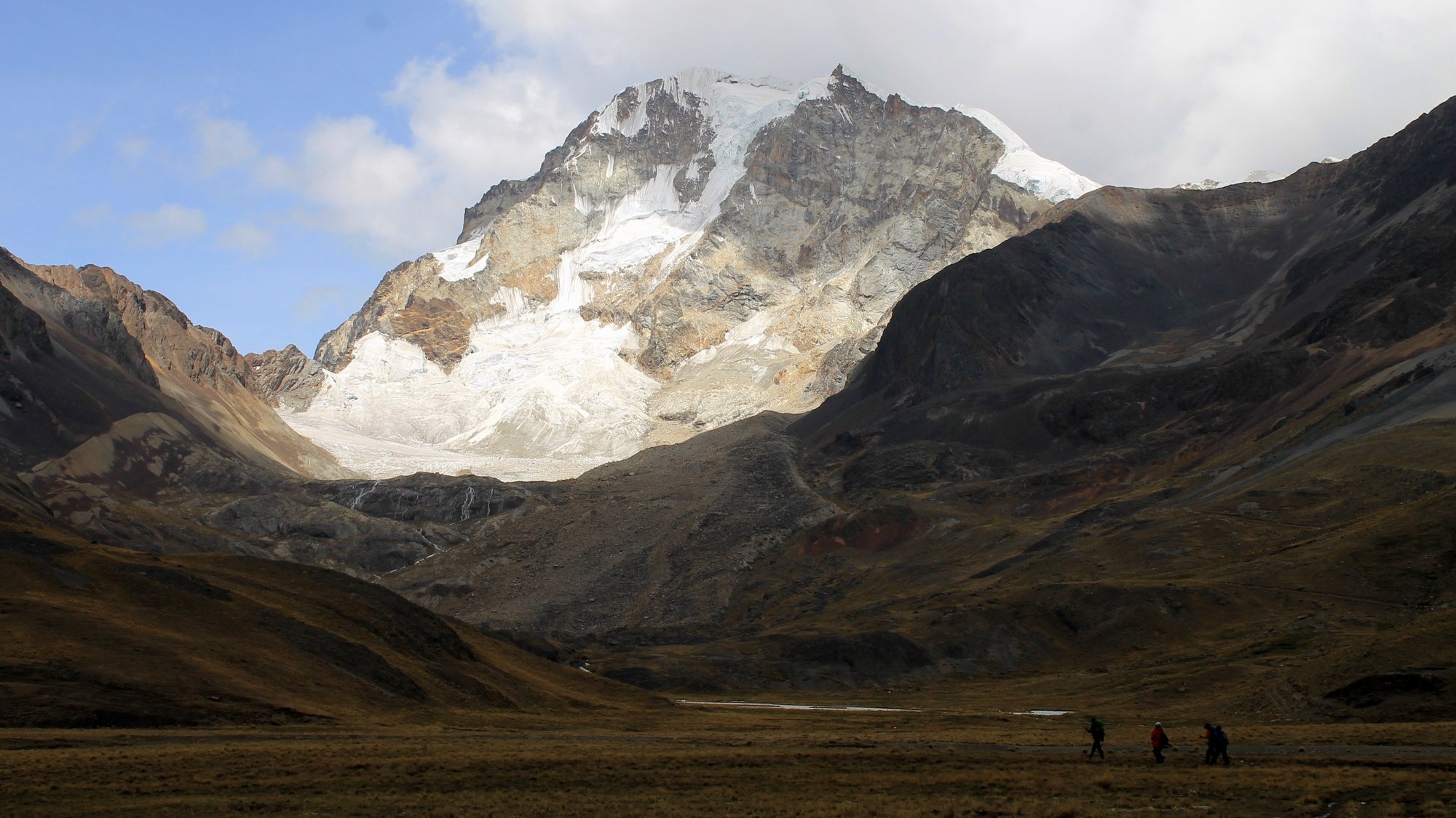The ice masses of the tropical Andes shrank by 42% between 1990 and 2020, from a maximum of 2,429.38 square kilometers (km2) to just 1,409.11 km2, according to a scientific article released this Friday by the non-governmental organization ( Brazilian NGO Mapbiomas.
The tropical Andes include almost all the mountainous areas of Bolivia, Peru, Ecuador and Colombia, as well as smaller parts of Venezuela, Chile and Argentina, above 600 and 800 meters of altitude.
The text, published in the journal Remote Sensing by experts from the MapBiomas Amazonia initiative in collaboration with the La Molina National Agrarian University, the Glacier and Mountain Ecosystem Research Institute, both from Peru, and the National Space Research Institute, from Brazil, highlighted that the “regression registered in the last three decades It is equivalent to almost half the extension of the glaciers. [massas de gelo] Andean tropical recorded in 1990″.
In a statement, the NGO mentions that “this unprecedented growth in the loss of glaciers, both in extension and volume, it can be attributed to climate change and non-climatic factors such as the increase in forest fires in recent years in the Amazonthat generate black carbon that can accelerate the retreat” of the ice masses.
“The burning of forests generates black carbon, which accelerates the retreat of glaciers when they come into contact with their surface,” explained Efraín Turpo, who led the study.
The NGO added that the loss of ice masses affects the integrity of ecosystems in this region of South America that depend on the water cycle, agriculture, drinking water supply, electricity generation, tourism, among others.
María Olga Borja, co-author of the article, reinforced the importance of reducing emissions that originate from the destruction of forests to make way for other land uses, such as agriculture and livestock.
The ice masses of the tropical Andes are located between the Tropic of Cancer and the Tropic of Capricorn within the Intertropical Convergence Zone (ITCZ).
Scientists involved in scientific research believe that the rate of change in ice masses has been rapid, with an average annual loss of 28.42 km2.
“In [áreas] The most affected were the glaciers that are less than 5,000 meters above sea level, which in 30 years lost almost 80.25% of their surface. The acceleration was more significant after 1995, when the loss from the Amazon Basin exceeded that from other basins. In 2020 they had an approximate surface of 869.59 km2”, said Mapbiomas.
The ice masses of the tropical Andes are present, with very different extensions, in all the Andean countries of South America.
Those with the largest area are Peru (72.76%), Bolivia (20.35%) and Ecuador (3.89%).
Mapbiomas reported that the retreat of the ice masses in 2020 with respect to 1990 was 41.19% in Peru, 42.61% in Bolivia and 36.37% in Ecuador.
Source: Observadora
